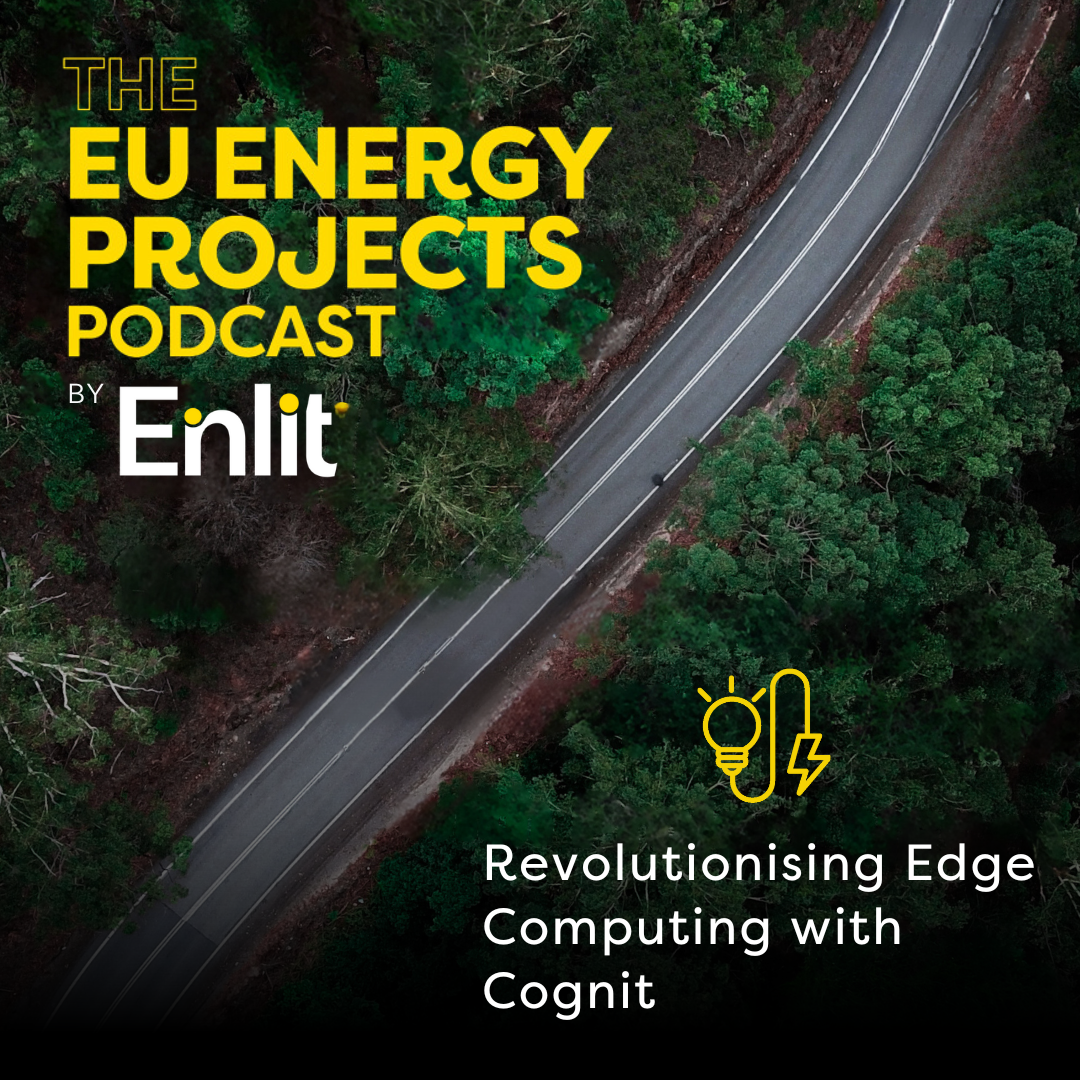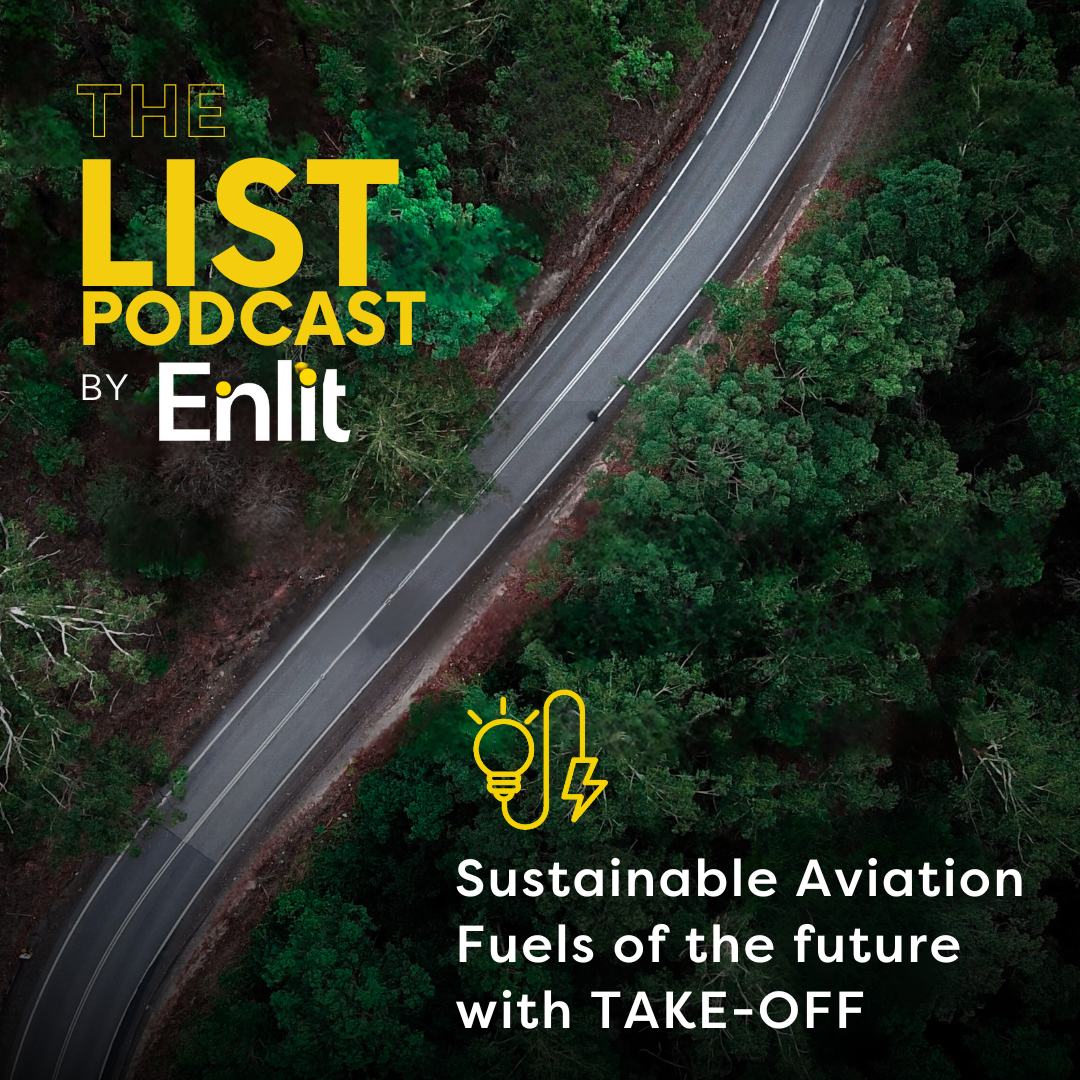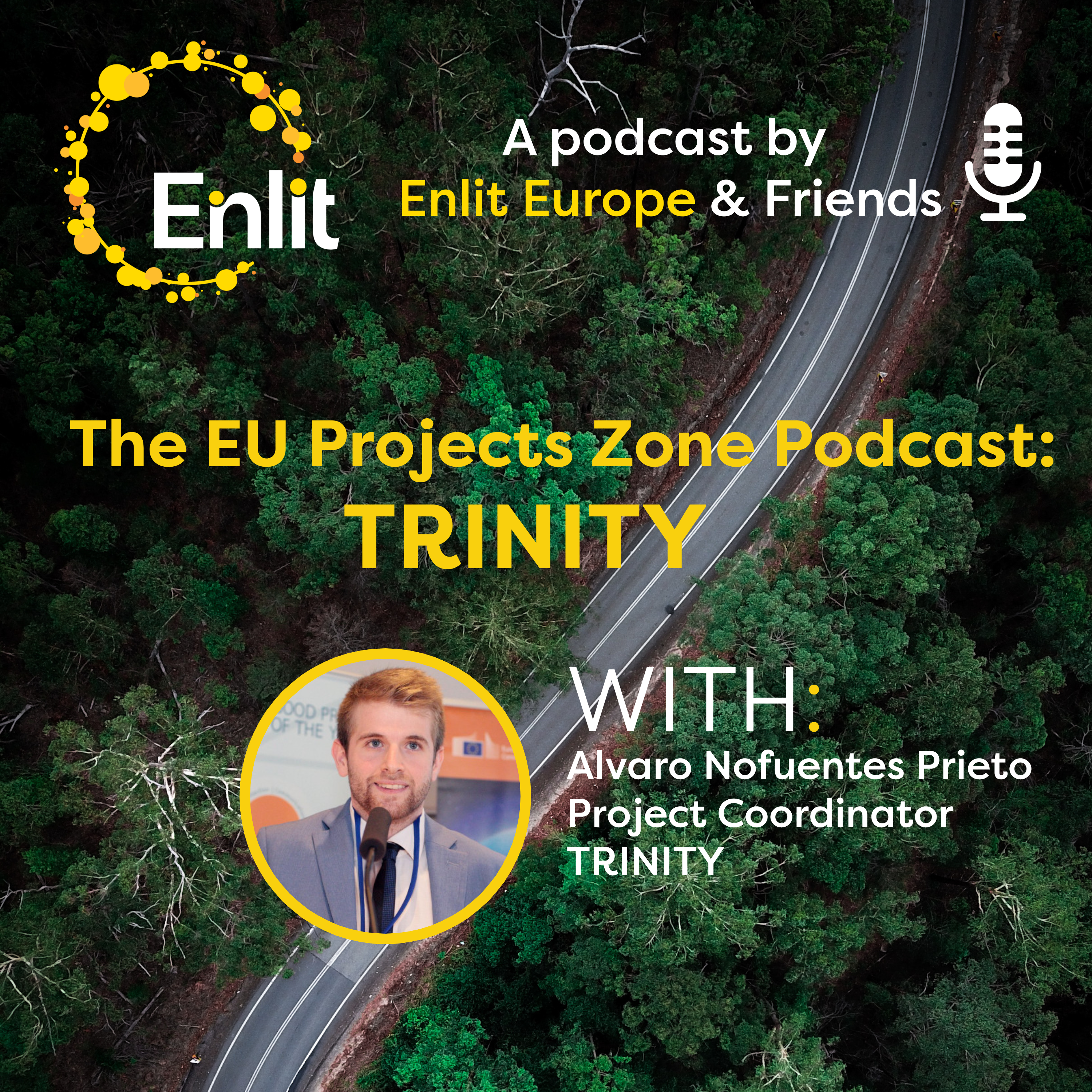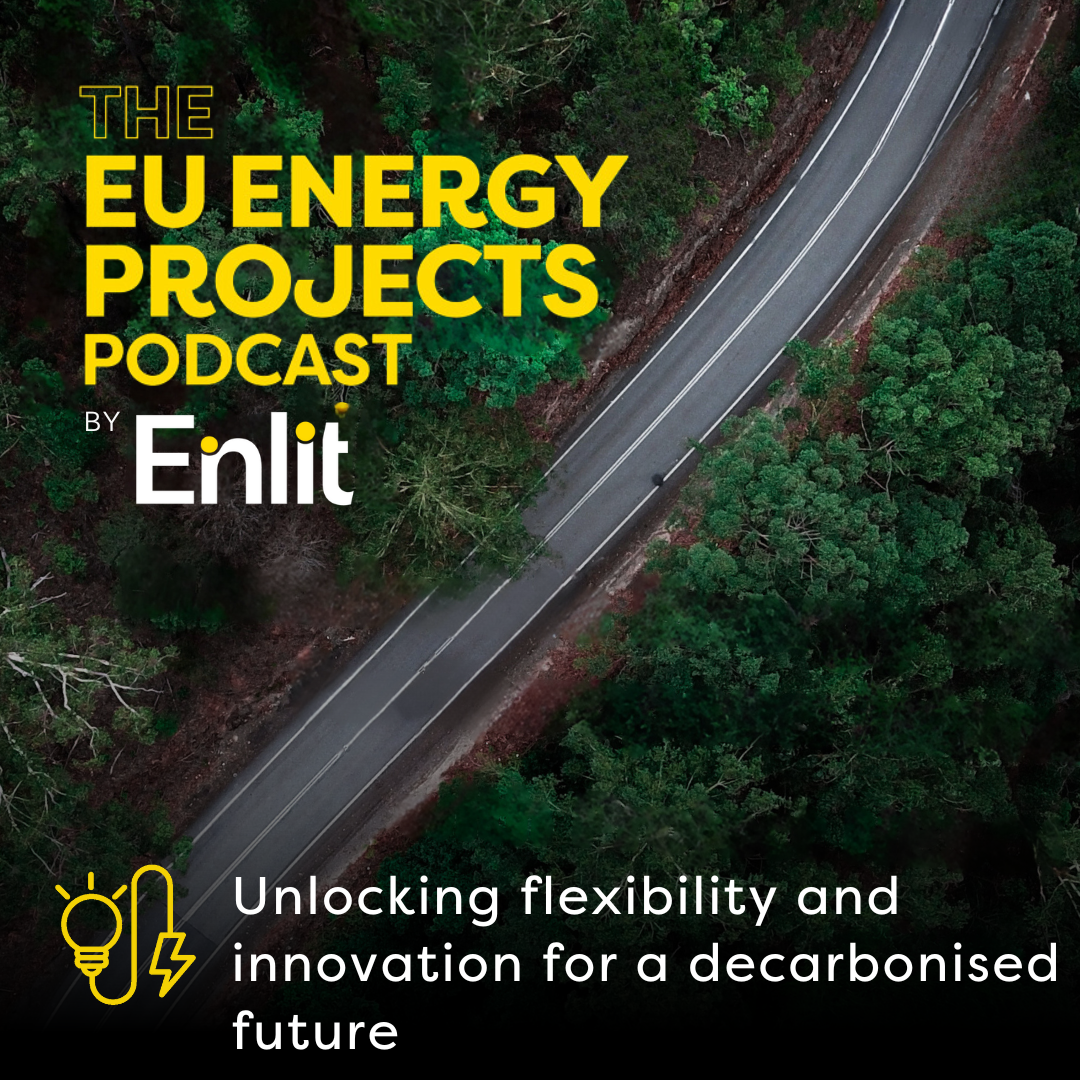Episode Transcript
[00:00:10] Speaker A: Welcome to the EU Energy Projects Podcast, a podcast series from ENLID and friends focusing on the clean energy transition for the European Union and the EU Commission funded energy projects that will help us achieve it. My name is Areti Daradimu, I am the editor of the EU Energy Projects Podcast and your host project, Cognit focuses on the cutting edge world of the cognitive cloud edge continuum and how it's reshaping the future of computing. This EU funded project's transformative approach is set to revolutionize edge application management and create a vibrant ecosystem of innovation across Europe's cloud and edge landscapes. Together with Thomas Korneluk, Project Manager of Cognit and my guest for this episode, we are going to discuss how the project is tackling major challenges like performance, resilience, security and data sovereignty by introducing a new AI driven serverless framework.
So Thomas, can you explain the main objectives of the project and how it aims to revolutionize edge application management?
[00:01:27] Speaker B: I think three main objectives of the COGNIT project. First is introducing new function as a service paradigm for the edge applications based on the code offloading. This objective is really close to me because of my experience as embedded software developer and it basically allows to extend constrained resource devices with extra resources. For example, it allows for integrated AI models in that kind of devices. Second objective is to create framework for managing highly distributed resources across the cloud edge continuum but also connect already existed data processing resources from cloud providers. This kind of approach allows us for fulfilling all needs of all different applications. And third one, I think it could be making data processing optimized and somehow self adaptive because of powering some tasks or framework with AI. So it could be flexible to the application demands behavior and also to energy efficiency heuristics.
[00:02:50] Speaker A: And you think that by following those three goals your project will revolutionize let's say edge application management?
[00:02:58] Speaker B: Yes, I think so because it is a big problem with in Edge IoT devices that there is a lack of resources and we could extend these resources with these which are on the edge and opens new doors for new technological solutions.
[00:03:19] Speaker A: Did you know that Enlit has another podcast? The Energy Transitions Podcast is a broad ranging bi weekly podcast about the people accelerating the energy transition in Europe and beyond. You can find it on Spotify, Apple or wherever you enjoy your podcasts.
Can you explain the main challenges that need to be addressed when building an effective platform for the cognitive cloud edge continuum?
[00:03:49] Speaker B: There are plenty of the challenges, but I think one of the primary challenges is that to make accurate assumptions which lead us to the suited requirements to the framework and in the Cognit project we are reaching that by cooperating with many of the use cases. For example, one of the use cases is smart city use case which is focusing on controlling traffic lights in that manner to give buses priority to go through the traffic more easily. And in this use case the most important factors are latency and short response time. For example, in the next use case in energy use case it's common situation that there are many of the devices in range of the same geographical area. The most important factor is for the platform that it can handle that kind of situation where there are many concurrent requests which are different. In workload specific and for example in wildfire detection the most important features are ability to handle sudden peak of requests and the best option is to execute these requests on the GPUs.
[00:05:14] Speaker A: I would assume that AI automation, et cetera would assist in solving, let's say, these issues. So what roles would you say AI automation portability play in creating disaggregated architecture for managing resources and workloads across the cloud edge continuum?
[00:05:31] Speaker B: I think AI plays one of the primary roles here because with AI we could reach a high level of the automatization because using AI models we could decide how and where across the cloud edge continuum to execute specific workloads and using AI to doing that task we could do it really in automated manner and without humans. Regarding to the portability, I think that portability is really important because of the specific of the highly distributed resources. Because in DNA of this solution there is assumption that it could be implemented on many different types of hardware and platform which are going to manage that has to be able to be implemented on these different kind of the hardware. But also it has to get ability for allowing connecting edge nodes implemented in different hardware and be on top of that and control everything.
[00:06:44] Speaker A: And supportability necessity it makes total sense. But one of the aims of the project is also to create a new function as a service paradigm for edge application management. How does this differ from traditional cloud services and what advantages does it bring to edge computing?
[00:07:01] Speaker B: New function as a service paradigm for edge applications based on code offloading differ from traditional cloud services because of its specific and its aim usage in the constraint resource devices. Because for example in the energy meter we are developing it under C language and there were not enough resources to run Python interpreter but if we use Cognit to extend it with that resources we could write python code and keep it in flash memory because these constraint resources most often are connected with lack of RAM memory. And if we could Keep python code a string in the flash memory, we could write python code where it wasn't possible before. So this is one of the advantages and different approaches than traditional cloud services. I think also this powering with AI and deciding where and how to execute workloads is different approach and I think this will be next generation technology. In terms of the cloud technologies, everything.
[00:08:25] Speaker A: That you have described also entails the notion of large data usage and data accessibility.
And I know that Cognit, correct me if I'm wrong, but I think that Cognit aims to enable secure and portable access to data processing environments. How does the project address security and data sovereignty and energy efficiency concerns, especially for sensitive edge applications?
[00:08:51] Speaker B: So in sensitive applications security is always a really important requirement. Cognit addressed this requirement by using all needed encryption mechanism and also it brings AI to work on it because AI will be trained to detect anomalies in the behavior of the framework and it could show us where our vector of attacks and it will be easier to protect these specific features.
[00:09:25] Speaker A: The project draws inspiration from the Sovereign Edge EU initiative. Can you tell us more about how this initiative shapes the project's goals?
[00:09:35] Speaker B: Cognit project is fully aligned with assumption of the Sovereign Edge initiative because it is all about creating next generation technologies which could give us as Europe data sovereignty and independency from the hyperscholars. I think in today's world data sovereignty and owning our own data it means money because we could benefit from that and nowadays we are trying to make independence from the hyperscalers and also Sovereign Edge initiative are focusing on creating highly distributed resources in form of edge nodes and main goal of project Cognit is to create framework for managing these kind of resources. So that's why I think it's fully aligned with that and I think it's important to get this independency because as I read a couple days ago there were researches about where is the best place to live and the best political system to live and Europe want that and if we want to keep the position of leader in that matter we have to be independent and build a set of open source technologies. For example, if we get a set of that technologies we could find really good synergies. For example, I work in the Phoenix Systems company and we are developing our own operating system for Edge IoT devices. The Cognit framework is also open source, so I see a lot of synergies and opportunities across both of these technologies.
[00:11:26] Speaker A: Yes, I've seen many projects opting for open source technologies nowadays. So looking beyond the formal end of the project. What long term impact do you foresee?
[00:11:37] Speaker B: Maybe I present here energy use case point of view? I think after project because we are ending at TRL5, it has to develop developing processes has to be continued to gain material 8 or 9. And in terms, for energy communities where there are needs for not only using data but have it as I said before, because we could benefit from that that we are owning our data. We could power for example energy meters with AI models and trying to optimize usage of locally produced green energy and in the same point minimize usage of energy from power grid and transform to the distributed model from centralized model of energy production.
[00:12:30] Speaker A: Sounds like a good plan. Thank you very much, Thomas for this interesting conversation.
[00:12:35] Speaker B: Thank you very much. That was a pleasure.
[00:12:38] Speaker A: You've been listening to the EU Energy Projects Podcast, a podcast brought to you by Enlite and Friends. You can find us on Spotify, Apple and the Enlit World website. Just hit subscribe and you can access our other episodes too. I'm Aretitaradimu. Thank you for joining us.




